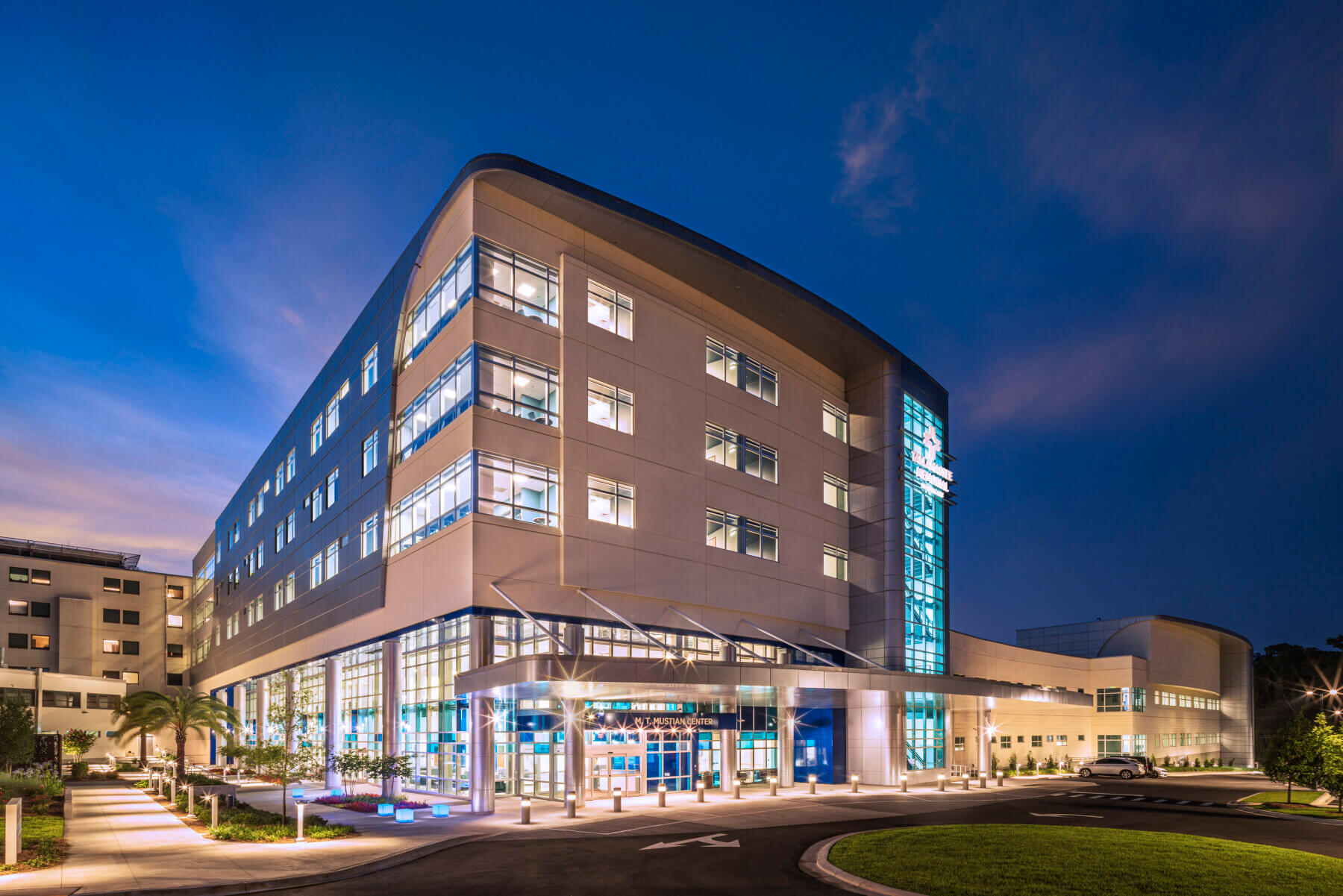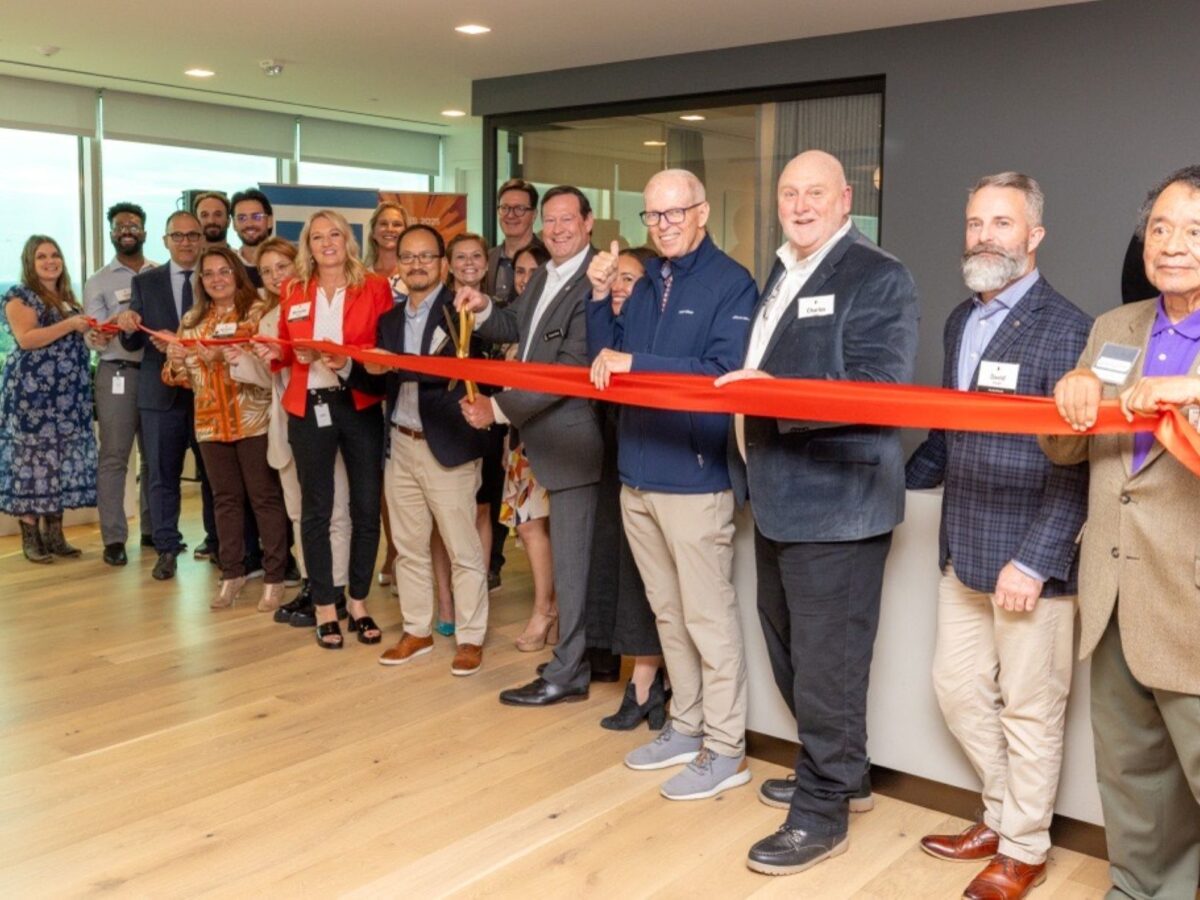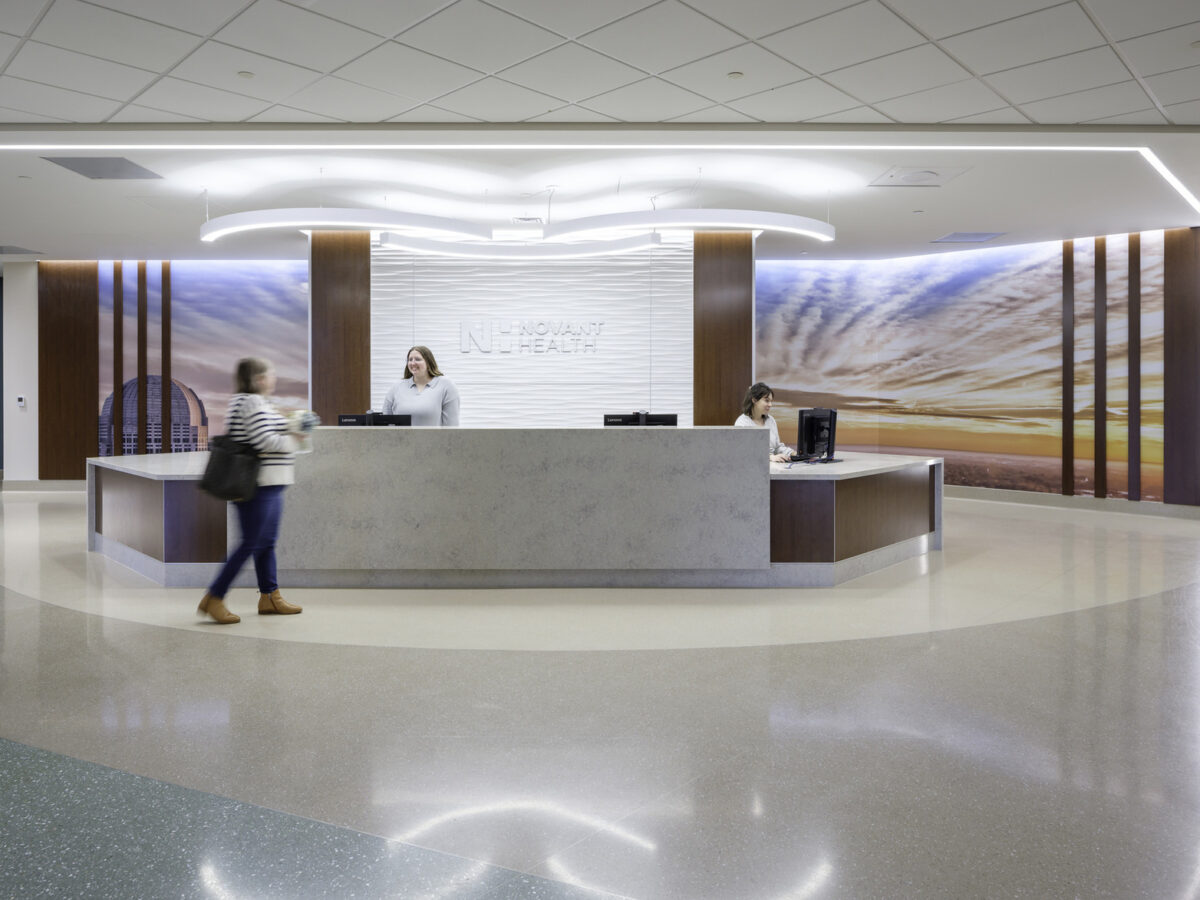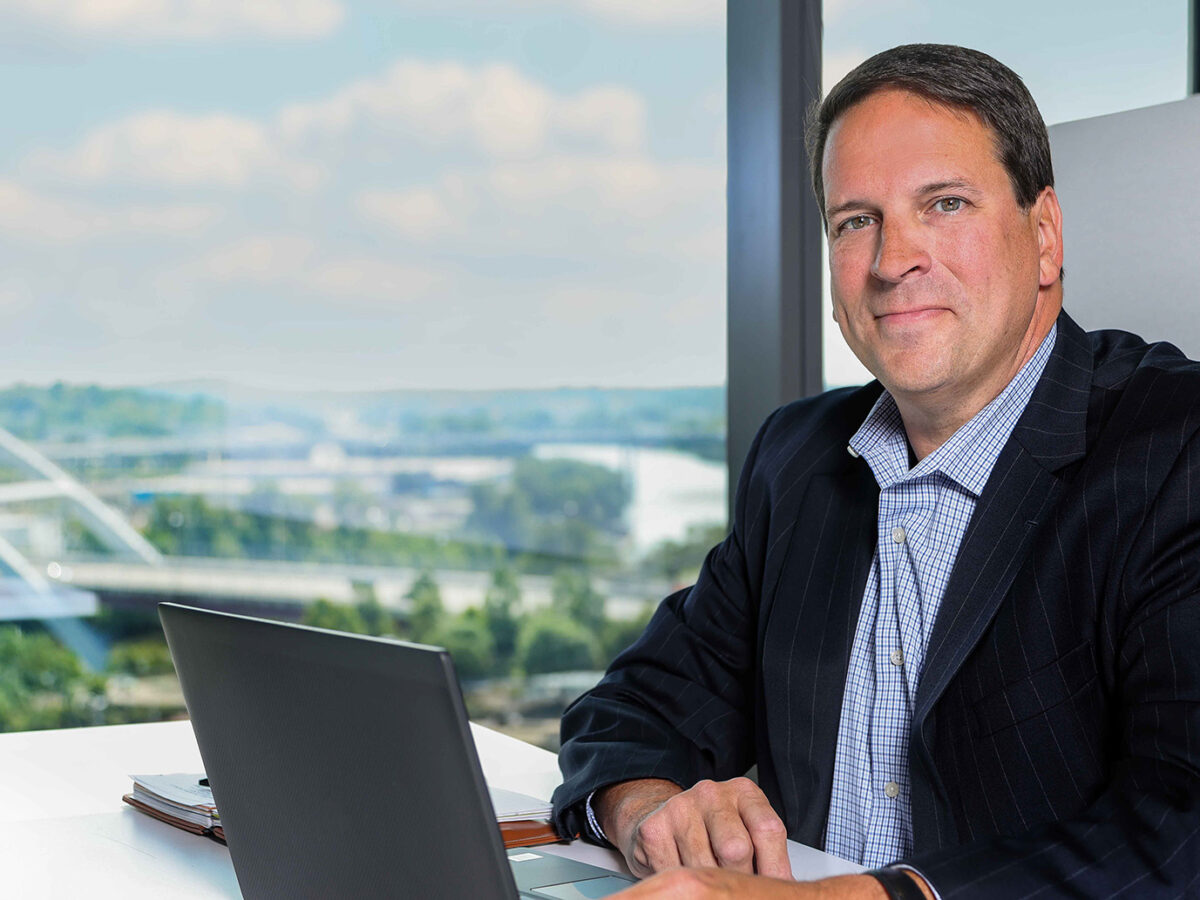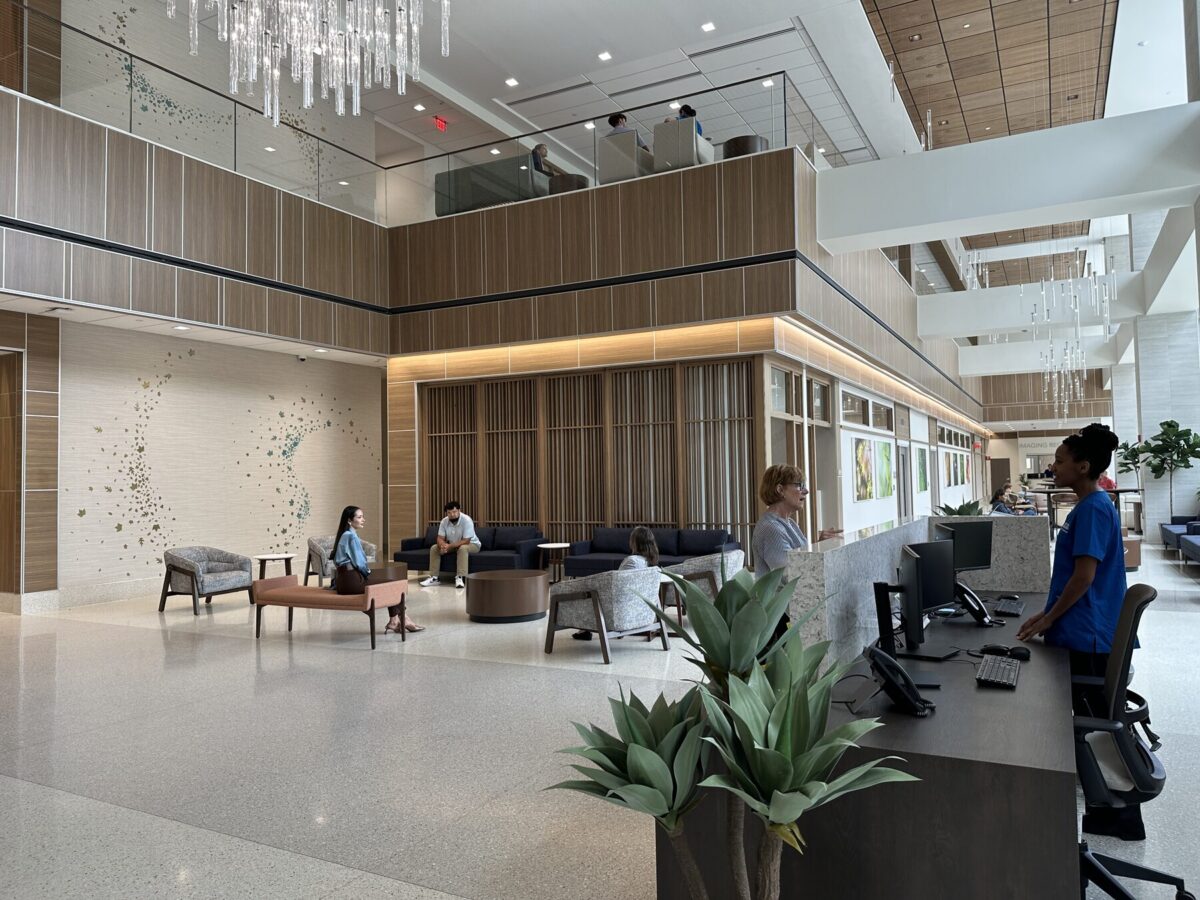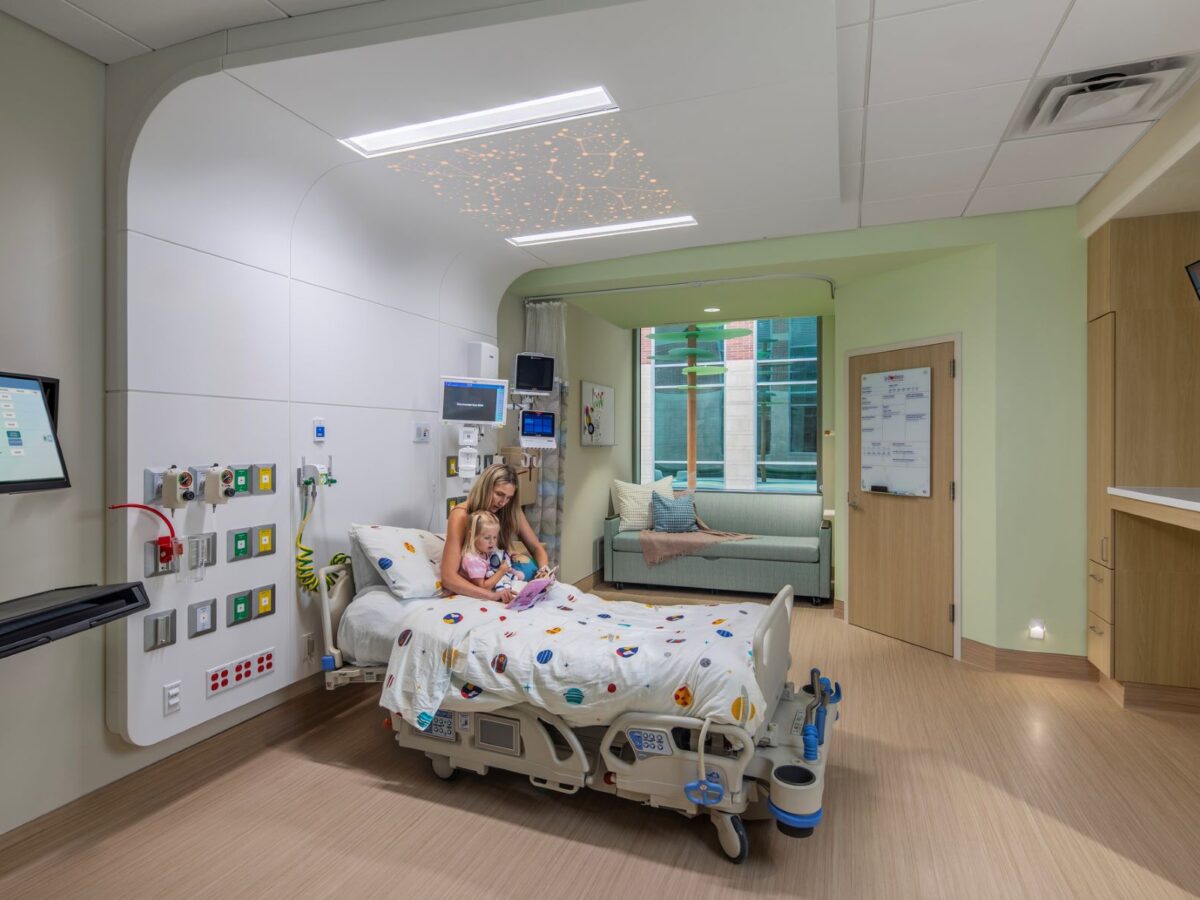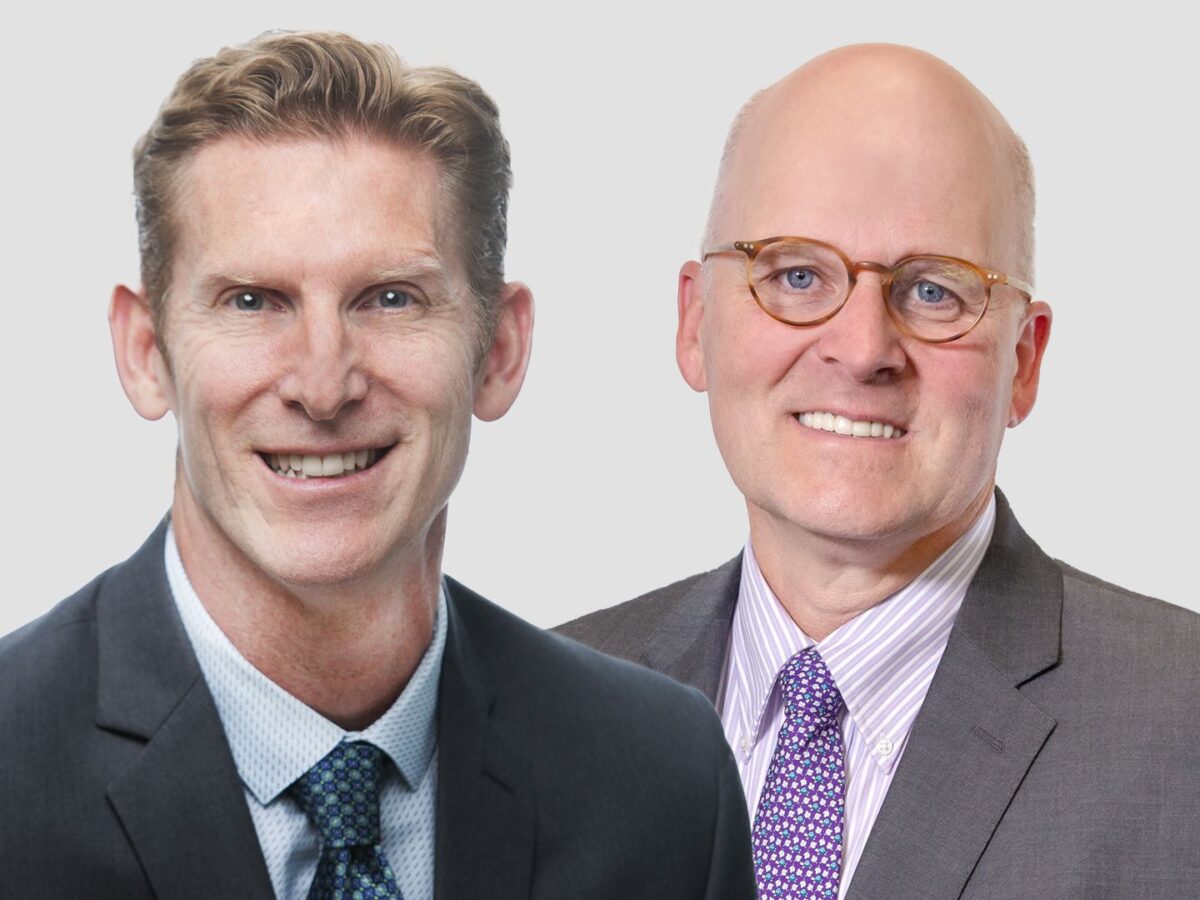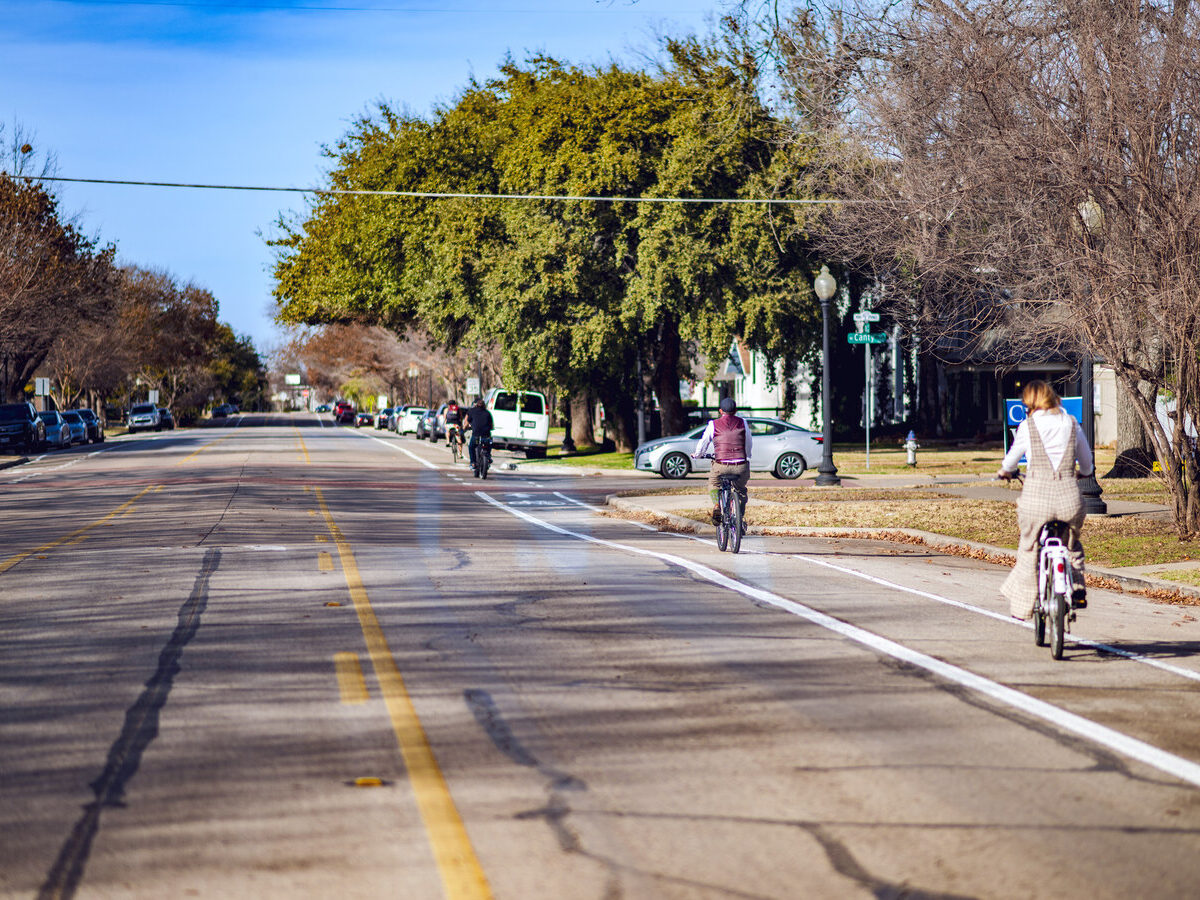Academic health systems face unique challenges when considering the addition of a patient tower, especially on already dense campuses. These projects require careful planning, not only to meet current healthcare needs but also to align with the institution’s long-term strategic goals. We recently sat down with Doug Spies, a senior vice president and advisory services program director in Gresham Smith’s Healthcare market, to learn more about navigating these complexities and making informed decisions when pursuing a patient tower project.
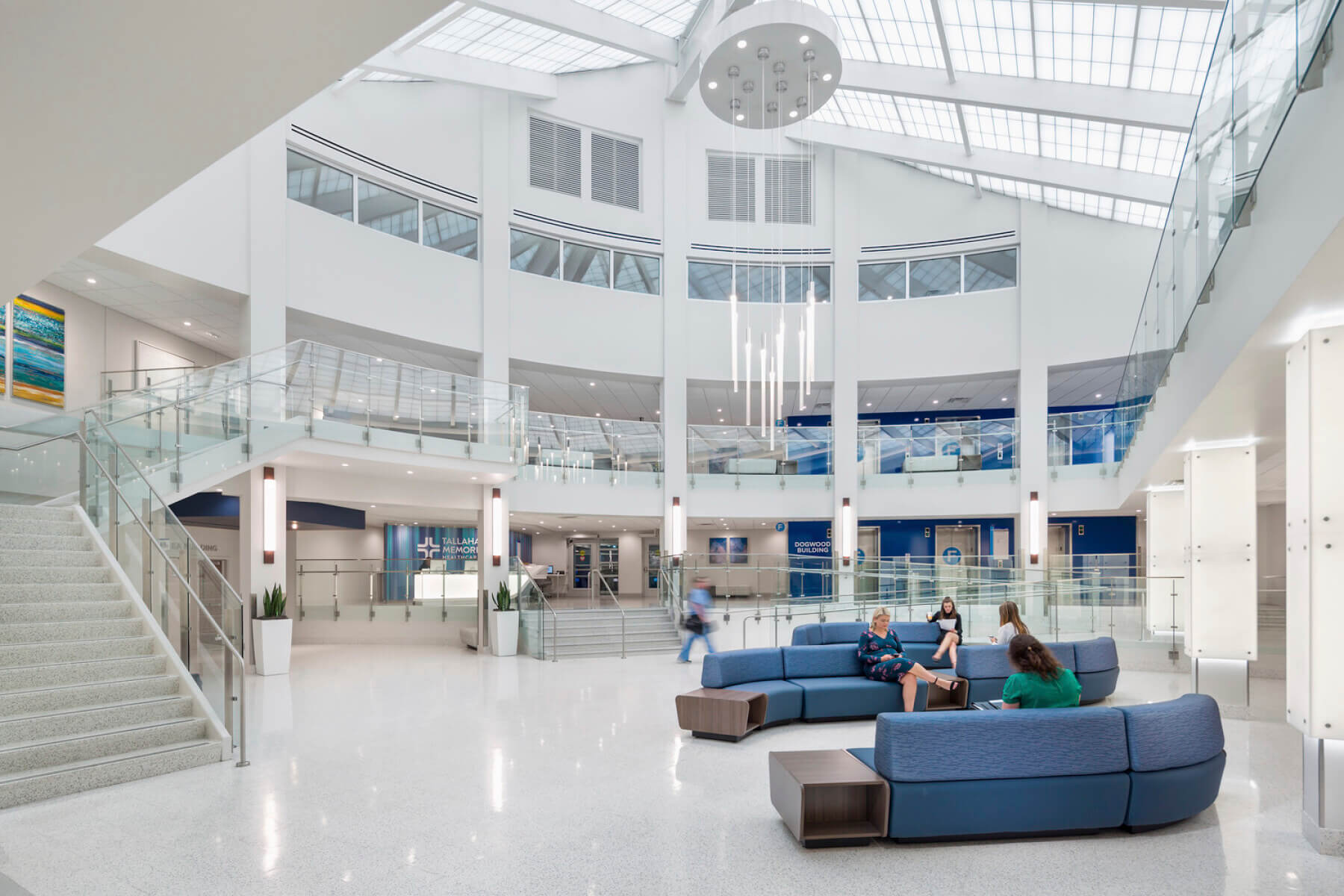
How should academic health systems decide whether to pursue a patient tower project?
Doug Spies: The decision to pursue this type of project is multifaceted. It begins with assessing whether the current care environment inhibits the quality of care the institution aims to deliver. If the existing infrastructure can’t support modern technology, handle new regulatory codes, or meet the spatial demands of contemporary healthcare, then a new build may be necessary.
Another critical factor is evaluating the feasibility of renovation versus new construction. Renovating can be a long, costly process that may still leave you with a less-than-optimal facility. For instance, modern code requirements can significantly reduce bed count after a renovation, making new construction a more viable solution in some cases.
To that point, health systems must evaluate whether the existing floor plates can handle the necessary bed count while meeting new regulatory requirements. Patient demand and service capacity are also crucial considerations. For example, if the hospital is experiencing growth in areas like behavioral health, where patient needs have become more complex, a new patient tower may be required to address these evolving demands.
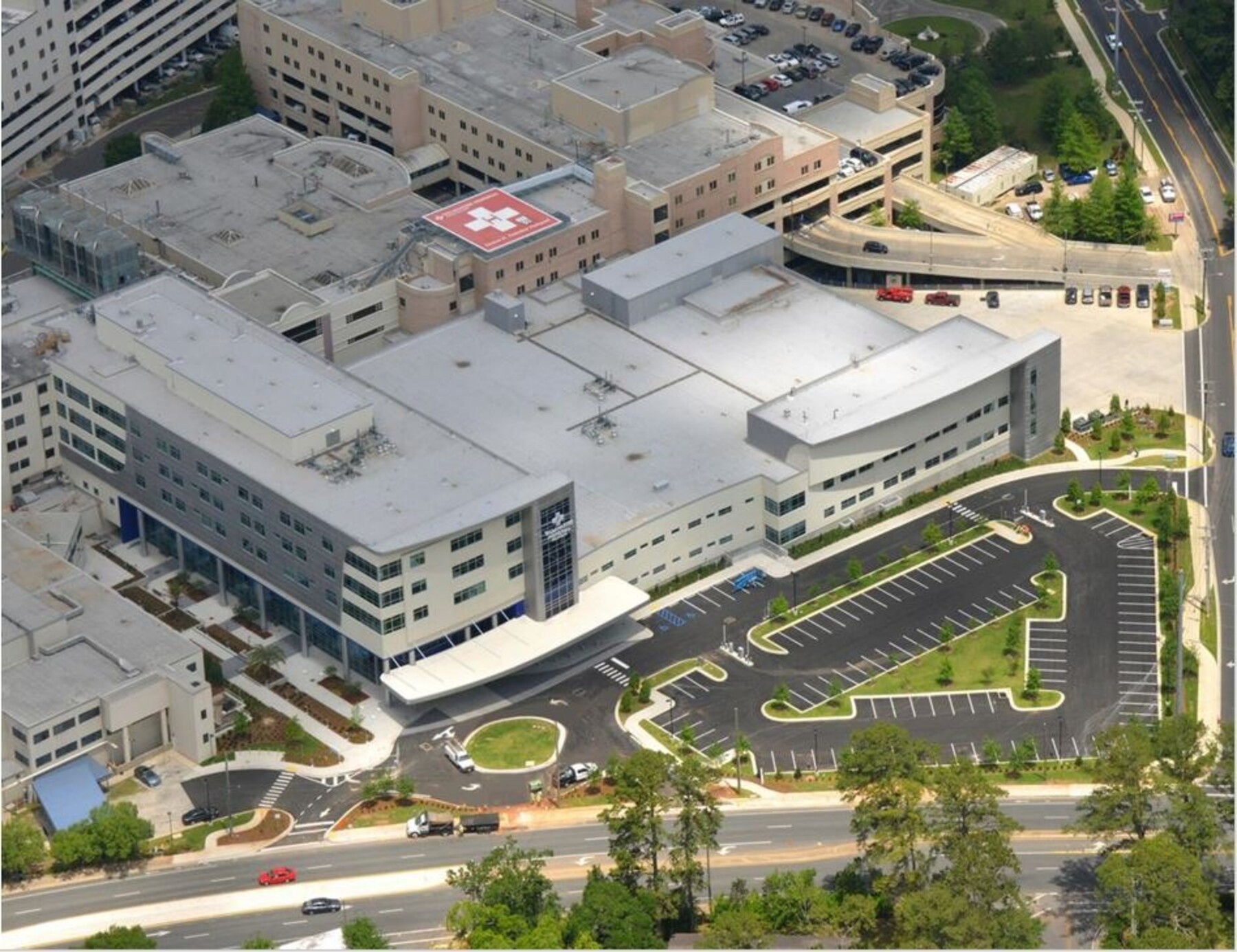
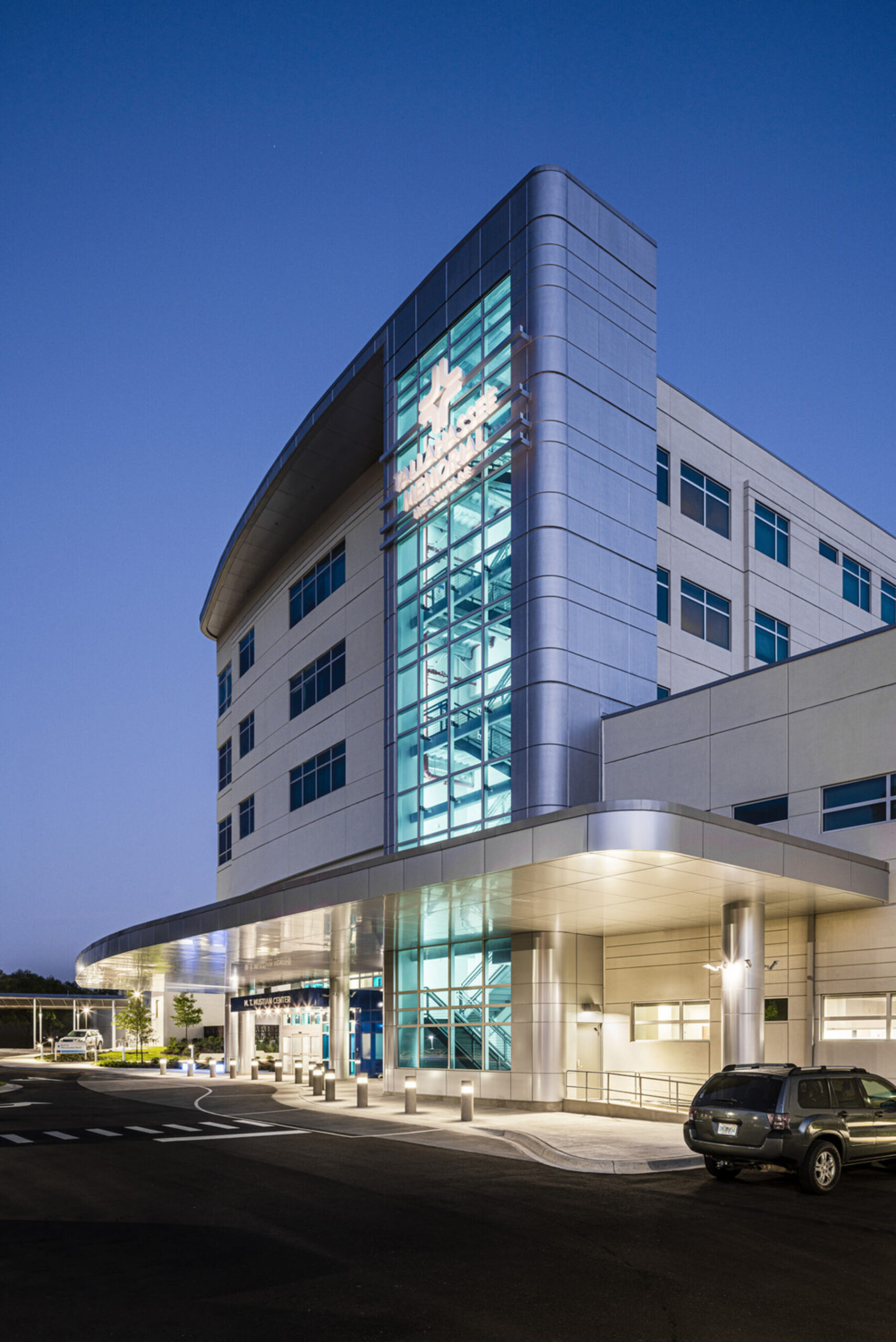
What are the primary challenges of integrating a patient tower into an already dense campus, and how can these challenges be addressed?
Doug: Adding a patient tower to an existing campus that’s dense in nature comes with several challenges, the most significant being the availability of land. Often, this involves identifying the highest and best use of existing space, which might mean tearing down older, less functional buildings. Parking is another challenge, as new construction may take up existing parking space necessitating the development of new parking solutions.
Maintaining wayfinding simplicity as you add millions of square feet to an urban campus is also crucial. For this reason, a new “front door” can help streamline navigation for patients and visitors. Also, aligning floor heights between new and existing buildings can be problematic. Older buildings often have lower floor-to-floor heights, which are insufficient for modern infrastructure requirements. This discrepancy means that floors in the new tower may not align with those in older buildings, complicating the integration of services and access between the new and old structures.
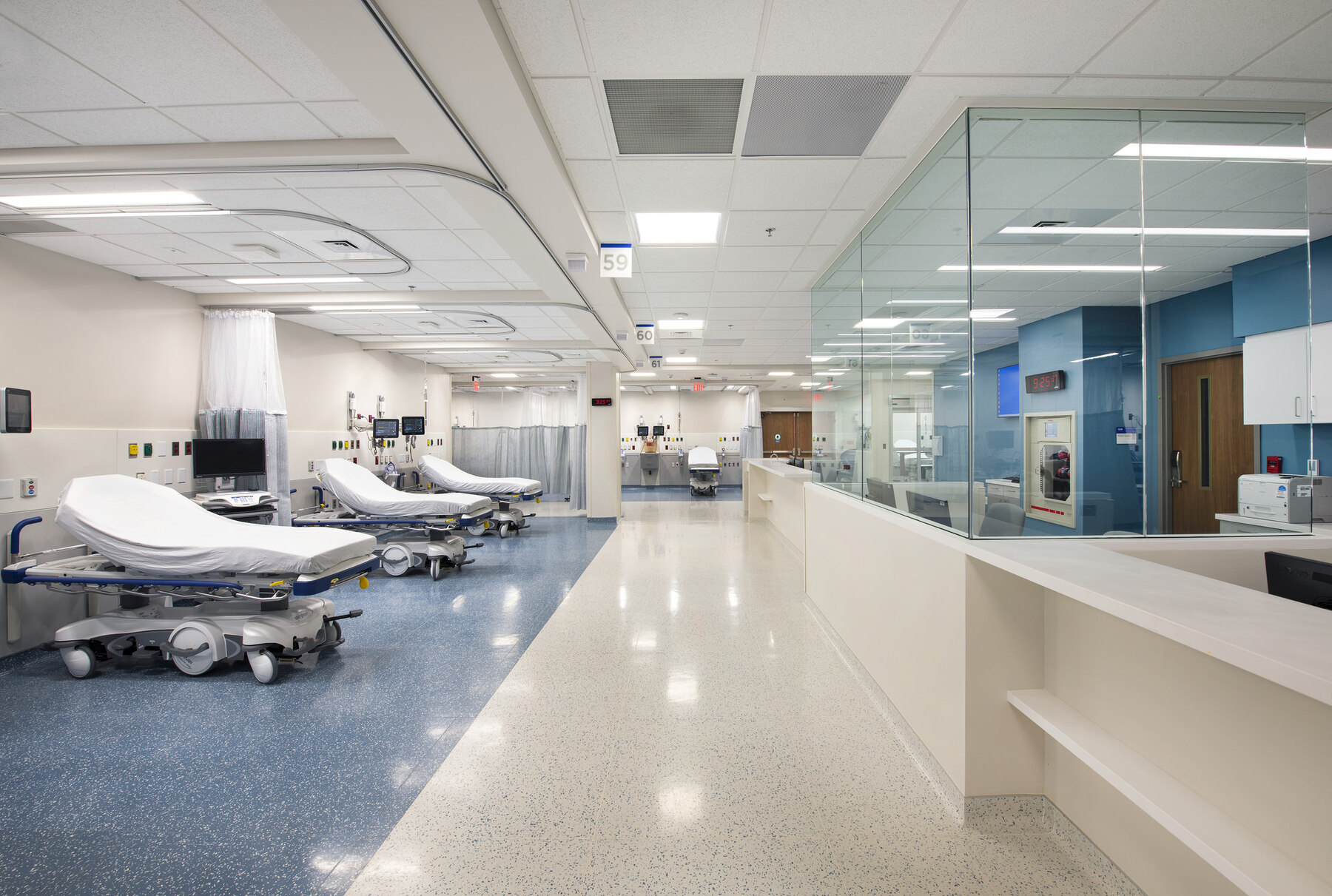
How should academic health systems approach space optimization when considering the addition of a patient tower?
Doug: Space optimization should begin with benchmarking against national standards and understanding the organization’s vision for the environment. It’s essential to balance efficiency with functionality; for example, driving square footage per bed down to the bare minimum may meet code requirements but can result in nonfunctional spaces that need more storage, staff areas, and public amenities.
Understanding where the organization wants to build its reputation and the kind of experience it wants to offer is crucial. An optimized inpatient platform, where staff can care for patients with similar conditions on the same floor, can significantly enhance patient and staff experiences, ultimately leading to better outcomes and reduced costs.
“If the existing infrastructure can’t support modern technology, handle new regulatory codes, or meet the spatial demands of contemporary healthcare, then a new build may be necessary.”
How can a new patient tower help an academic health system achieve its strategic goals?
Doug: A new patient tower can be a powerful tool for achieving multiple strategic goals. It offers an opportunity for rebranding and can serve as a new front door for the organization, enhancing the public’s perception of the facility.
Additionally, it allows for the integration of modern technology and design features that improve patient care and staff efficiency in teaching hospitals. A new tower can better serve the academic mission by providing dedicated spaces for residents and students.
The focus on experiential design in a new tower also ensures that patients, families, staff, and physicians have a more positive experience, which aligns the expectations of care with the quality of the facility.
Often, a new facility plays a crucial role in attracting and retaining top-tier physicians, researchers and clinicians, setting the organization apart from competitors across the country. It can also strengthen relationships with philanthropic organizations, helping to secure funding for the final solution.
For Academic Medical Centers, these facilities can be aligned with their teaching and research missions to improve population health outcomes while optimizing staffing resources—an essential component of maintaining the institution’s financial stability.
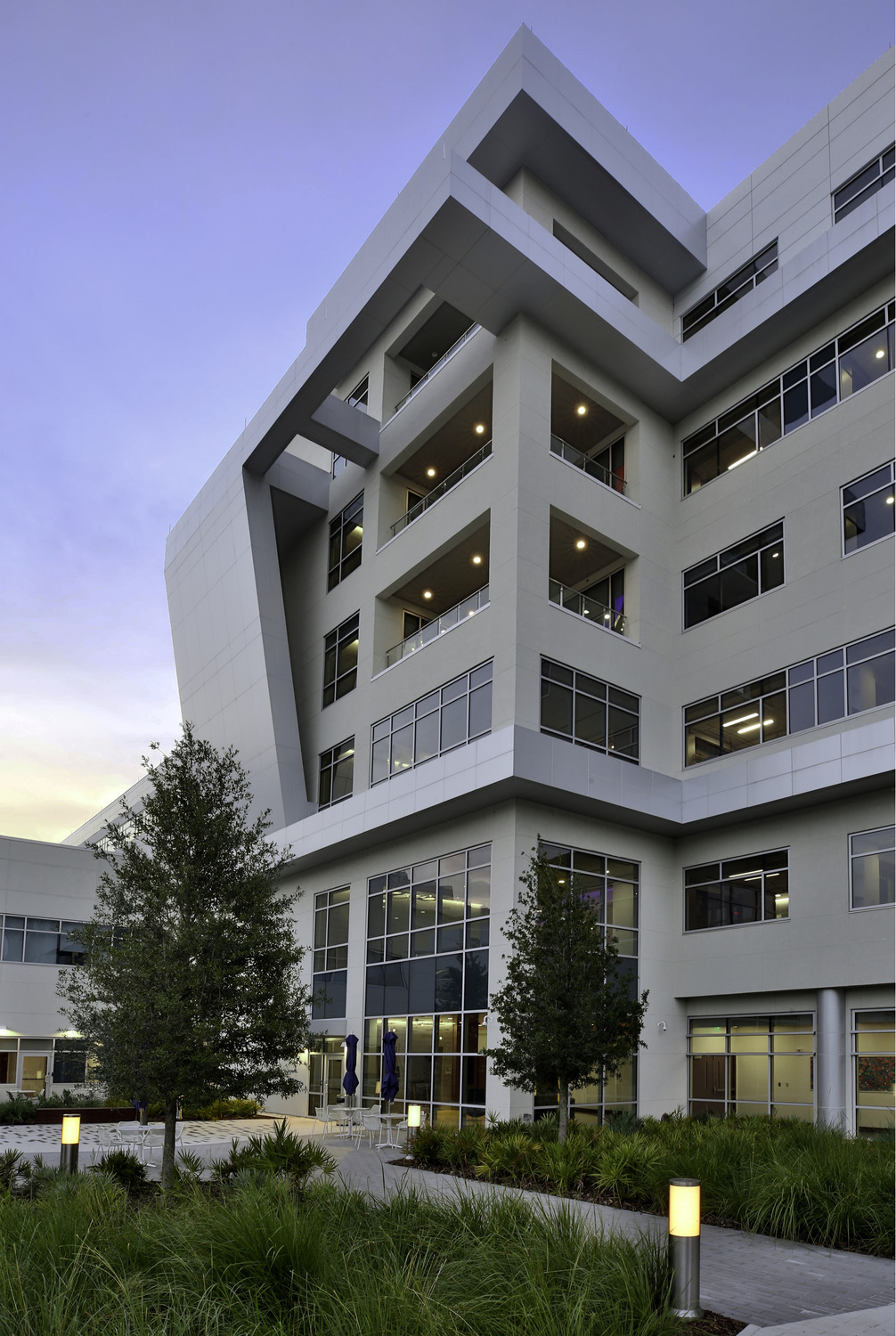
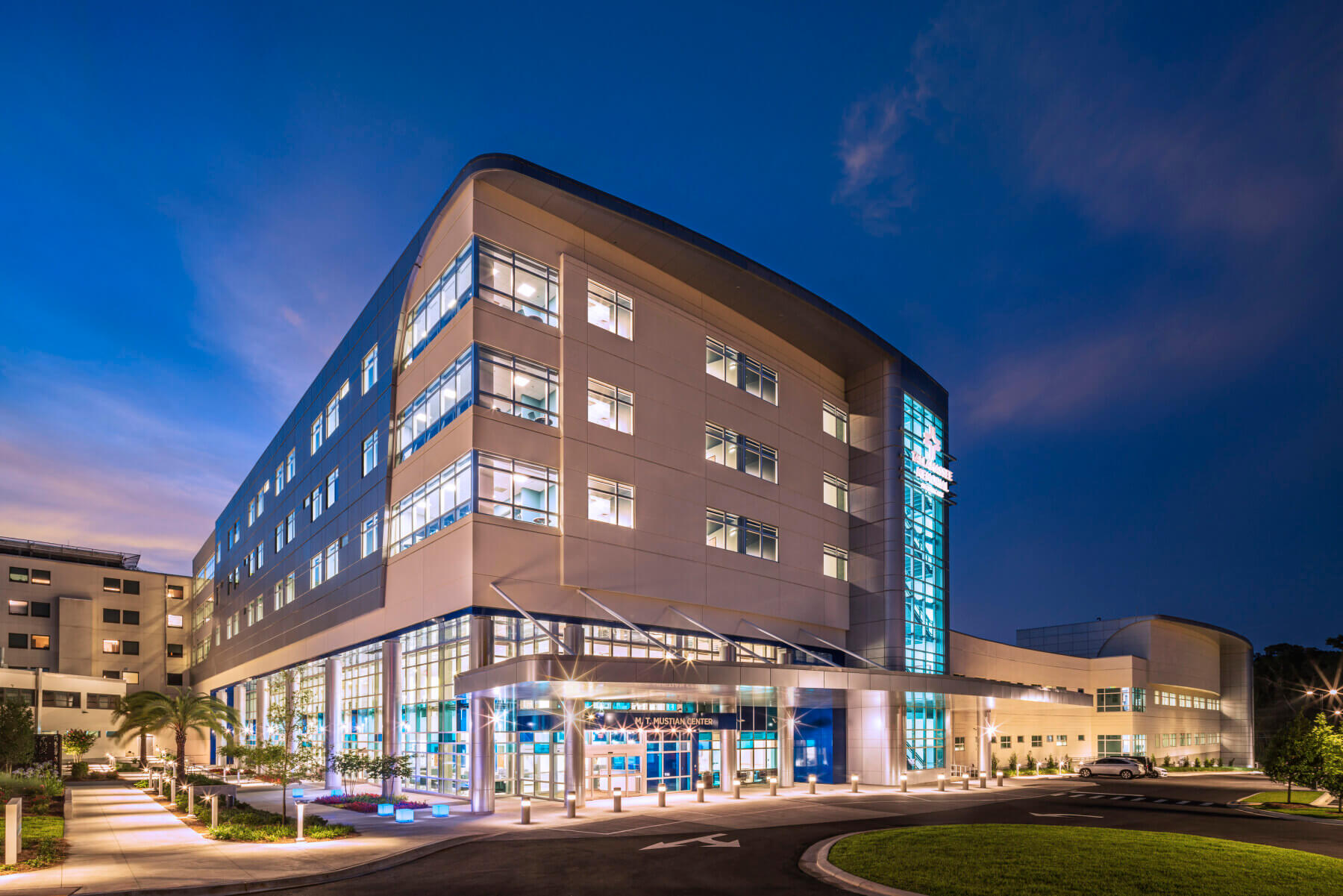
How can academic health systems ensure that a patient tower is future-proofed against changing healthcare trends and demands?
Doug: Future-proofing a patient tower involves planning for change and creating a flexible building platform. This includes designing for larger floor-to-floor heights, flexible column spacing, and open pathways for infrastructure and utilities. It’s also important to anticipate how world events, technological advancements, and shifts in patient-care models may impact the facility’s needs.
A great example is the M.T. Mustian Center at Tallahassee Memorial Hospital. This surgery and critical care tower was designed not just to meet immediate needs but also to anticipate the region’s demands for the next 50 years. Gresham Smith developed a master plan that ensured the building could adapt to emerging technologies and future growth, providing state-of-the-art adult intensive care units and critical care services.
Another way we help our clients future-proof against changing healthcare trends and demands is by conducting design-thinking sessions. These sessions align the project with the organization’s long-term goals, envisioning success not just at the ribbon-cutting ceremony, but also 10 years down the line.
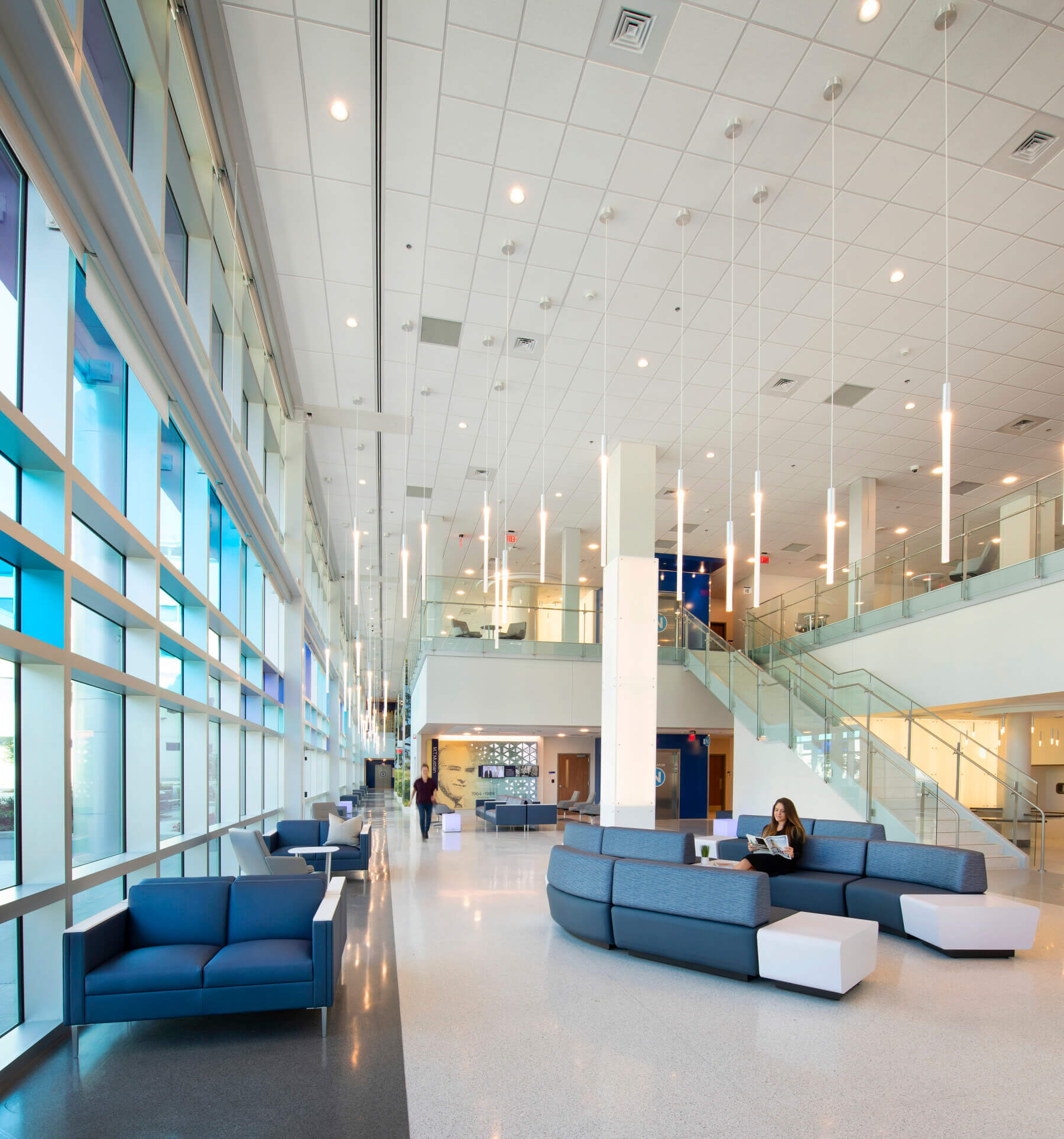
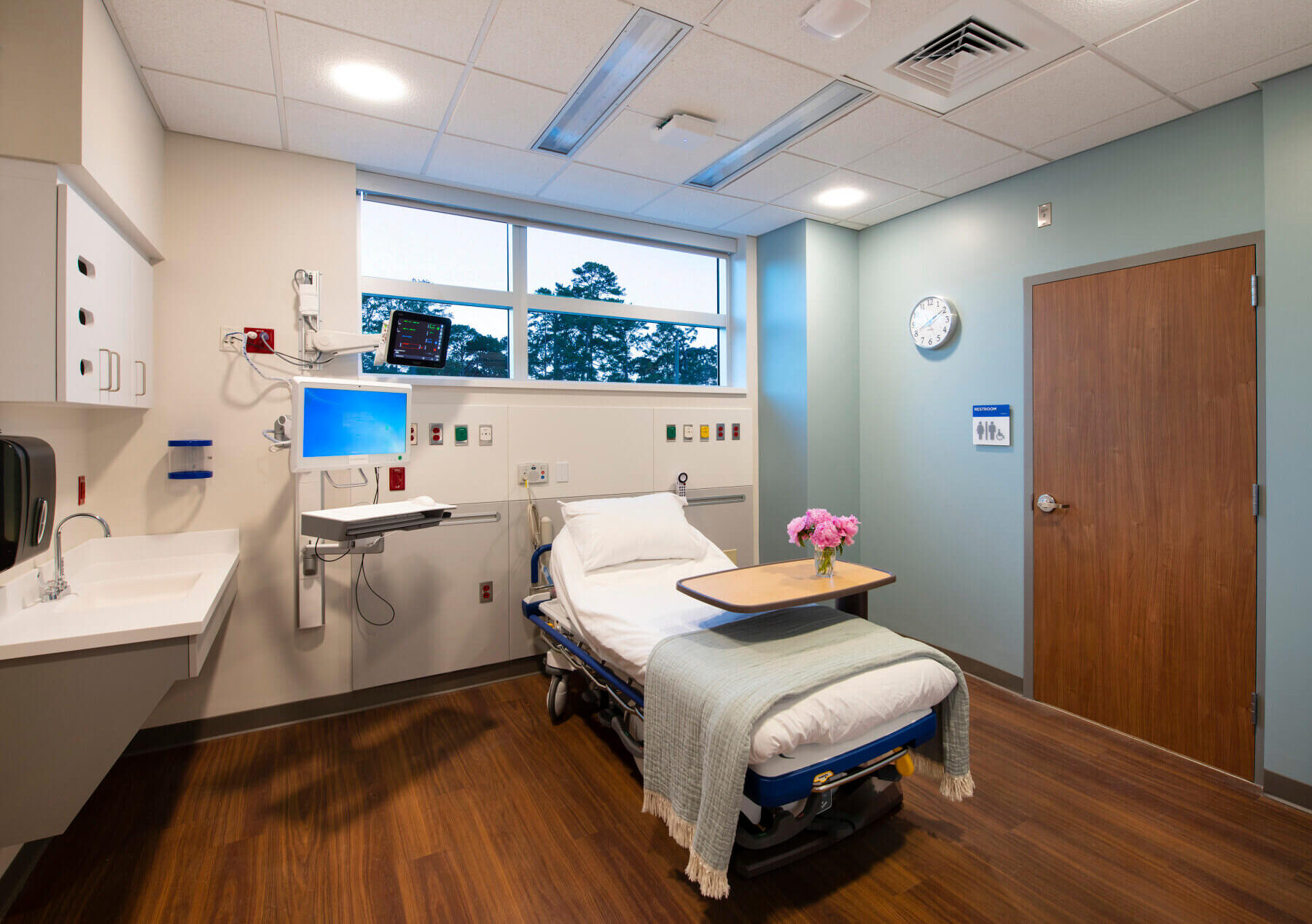
What lessons can be learned from other academic health systems that have successfully integrated patient towers into densely built campuses?
Doug: One key lesson is the importance of having a strong internal champion for the project—someone who can ensure leadership and physician buy-in. Another lesson learned is the critical role of master planning. Even when focused on a single project, it’s essential to consider future expansions and how current decisions will impact them.
Successful projects often involve close collaboration with physician leadership, finance teams, staff, and other stakeholders to ensure the new patient tower meets current needs while aligning with the organization’s long-term goals.
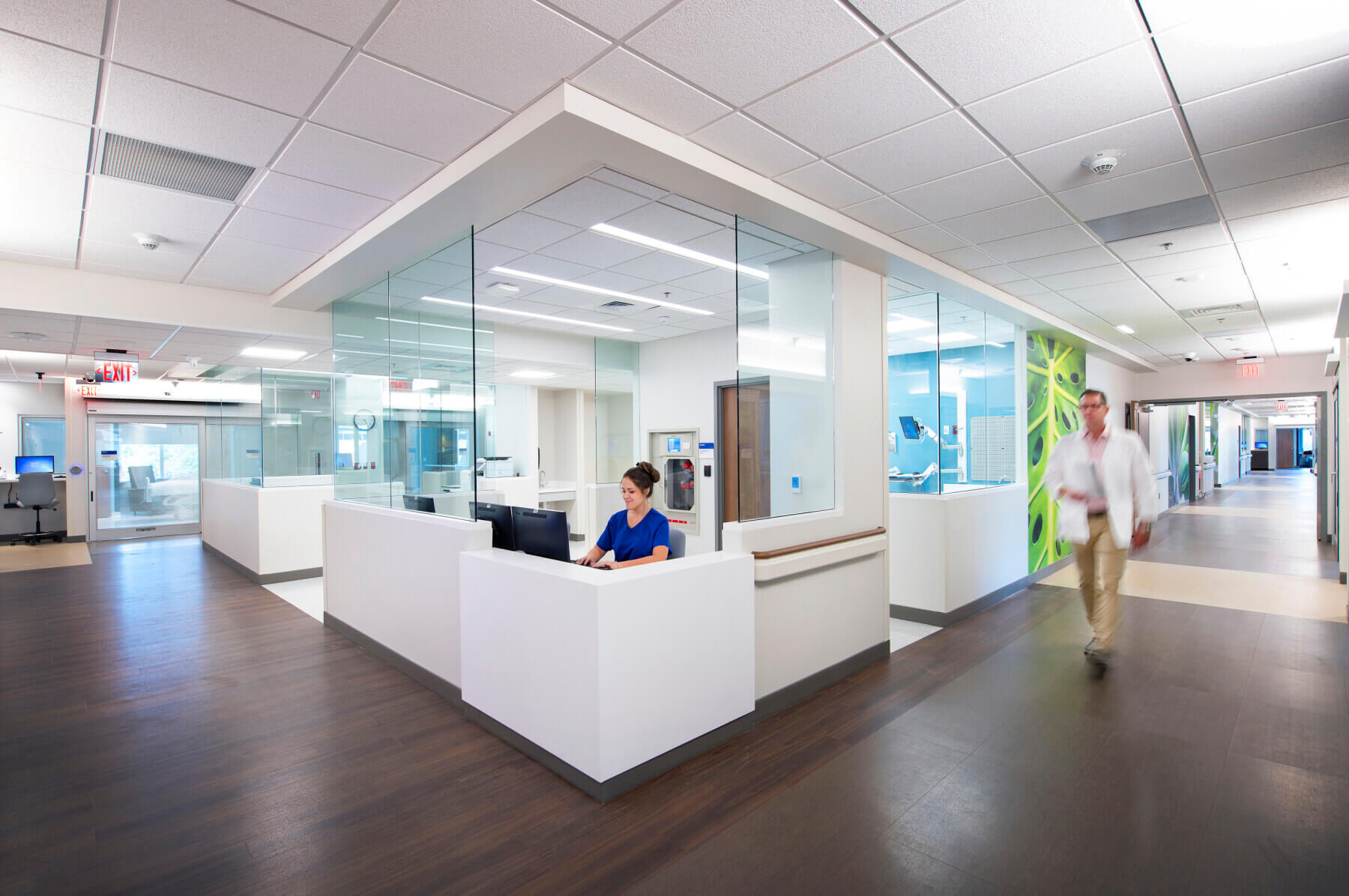
How do you help healthcare clients balance the desire for expansion with the financial realities and risks associated with building a new patient tower?
Doug: Balancing expansion with financial realities starts with rightsizing the facility and designing flexible spaces that can adapt to future needs. We also ensure that the project is aligned with realistic projections for patient volume and the epidemiological trends impacting healthcare. It’s crucial to master plan the campus to prevent current decisions from hindering future growth.
At Gresham Smith, we leverage our extensive experience with complex, densely developed sites to help clients navigate these challenges, ensuring their investment supports their long-term strategic objectives.
